News: Owners Developers & Managers
Posted: May 5, 2011
Garrett Freeman - Water damage to properties requires quick response to control many possible problems
Floods, rainstorms and tornadoes can become massive water damage threats to businesses during the often-stormy spring and summer months. Facilities plagued with such water woes this season must take quick action to control many possible problems, experts say.
You won't see it emphasized on the nightly news when a disaster hits, but water damage can represent potentially huge disasters for businesses and building owners and operators.
Water damage can mean much more to a business than just wet and soggy carpets. There are other common, more significant problems businesses face when water wreaks havoc on property, such as indoor air quality problems. Mold and mildew grow rapidly in damp, humid environments, leaving behind an unpleasant smell that permeates floors, walls and ceilings, even after the water has been removed. It also can create health problems for employees.
Damage to the building's structure and foundation also can be an issue. When water sits inside a building for a period of time, the walls, ceilings and floors absorb the water, which threatens the overall structural integrity of the building and creates an unsafe environment. Total reconstruction of the building often becomes the only option.
Another major threat to business is the loss of expensive equipment, which often can cost hundreds of thousands of dollars to replace.
To minimize water damage, there are two critical steps that need to be taken: 1. Act fast to assess the situation; and 2. Control the environment within the building.
Act Fast and Call a Water
Damage Expert
The absolute first step to take is fast action. Damage resulting from water and flooding is very progressive. The longer the water flows or wet conditions are allowed to exist, the greater the recovery problem becomes. A water damage consultant must come in immediately to survey the situation.
In a typical scenario, Polygon, a leader in water and fire damage restoration and remediation, and for temporary climate control in construction and industrial applications, dispatches a team of water damage recovery professionals to the site to perform a thorough inspection and fully determine the extent of the damage. A disaster reclamation partner also will develop an intense restoration plan and determine which items are worth restoring and which are better replaced. You can't always save everything by drying, but you can save a tremendous amount. It's not unusual to save between 30 and 70 percent of the cost needed to reconstruct a facility.
Controlling the Interior
Environment
Another key in limiting water damage is to quickly control three conditions of a building's atmosphere: relative humidity, temperature and air circulation. Fast, effective action at this point will generally confine the damage to the area that was directly affected by the water damage event.
The most effective way to control these conditions in a high-moisture environment, especially a large facility, is to employ professional disaster drying that combines air movers with desiccant dehumidifiers.
Disaster drying often eliminates the need to rip out and replace walls, carpet, floor covering, hardwood floors and the building structure, which can be a huge expense. On top of that, you preclude the odors and staining caused by mold and mildew. These problems can come back to haunt you weeks later in a superficially dried building.
Why Desiccant Dehumidifiers
When a facility has been severely water damaged, you need high volume desiccant dehumidifiers. Some larger desiccant dehumidifiers can pull 800 gallons of water out of a building in one day, compared to the typical small refrigeration units that remove about five gallons a day.
Many people are surprised that "solid" materials such as concrete and hard woods absorb moisture. But they do and rather quickly.
Getting the water back involves a phenomenon called migration. Migration is the tendency for water molecules to move toward a low vapor pressure. When a room is filled with very dry air, which has low vapor pressure, trapped water migrates outward and is evaporated from the surface by the dry air. As the air in the room fills with water vapor, we expel it. We then replace it with more dry air and the process continues. It's also essential to be sure the equipment being used is sized right. Inappropriately sized drying equipment can lead to insufficient drying and long-term problems with the building. Only large-volume dehumidifiers could provide the massive drying power needed to dry the space quickly and thoroughly.
Best Defense: A Disaster
Recovery Plan
To minimize damage and costs, companies need to think ahead about what to do in a water damage event and contact a water damage expert to create a Disaster Recovery Plan (DRP). A DRP can limit the extent of water damage occurrences by defining and prioritizing the recovery of areas within a facility and stating immediate next steps. Proper planning and fast action are most certainly the best defense to preventing a catastrophic water damage event.
Garrett Freeman is industry sector manager at Polygon, Amesbury, Mass.
MORE FROM Owners Developers & Managers
Mount Vernon Co. acquires John Carver Inn & Spa in Plymouth, MA
Plymouth, MA The Mount Vernon Company (MVC), a Boston-based real estate and hospitality investment firm, has completed the acquisition of the John Carver Inn & Spa, an 80-room property.
Columns and Thought Leadership

IREM President’s Message: Fostering community connections during the holiday season
The holidays are again taking center stage, and with them comes an opportunity for multifamily communities to connect with the businesses and organizations in their cities and towns, fostering a sense of unity and generosity during this giving season

Recently passed legislation creates opportunities to meet CT’s changing energy needs - by Klein and Feinn
For decades, New England has had a summer-peaking power system, where the greatest energy use occurs on the hottest and most humid days, due to widespread use of air conditioning. But by the mid-2030s, electrification of the heating sector likely will result in a winter peak that’s higher than the summer peak.

Selecting the right façade installation firm - by Steven Powell
As the owner of a major new property being developed, or an existing large building preparing for major renovation, you want your design and construction team to have the right experience, capabilities, and expertise to match the project demands. A critical member of this team will be the façade installation specialty firm, since the quality of this installation will impact

.png)
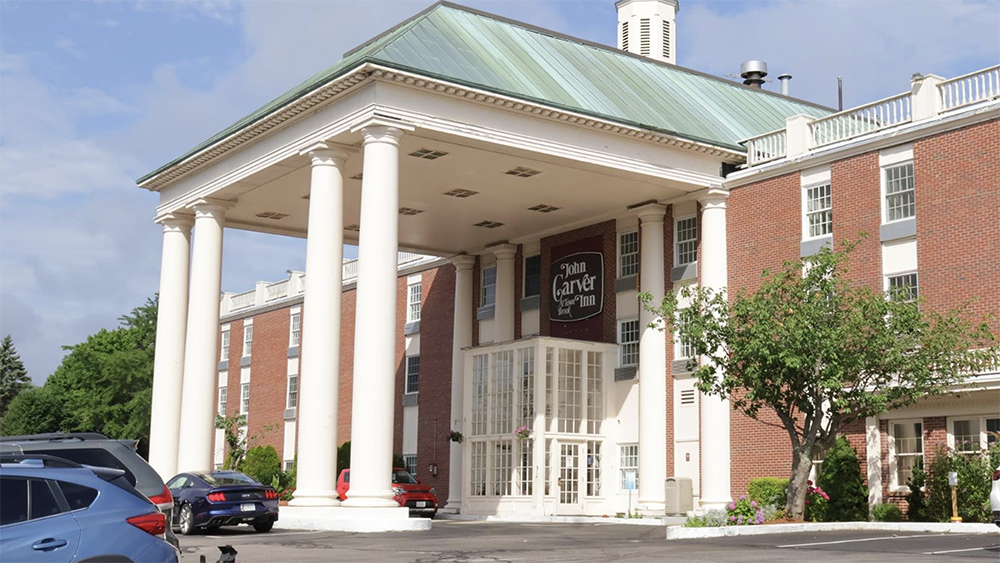
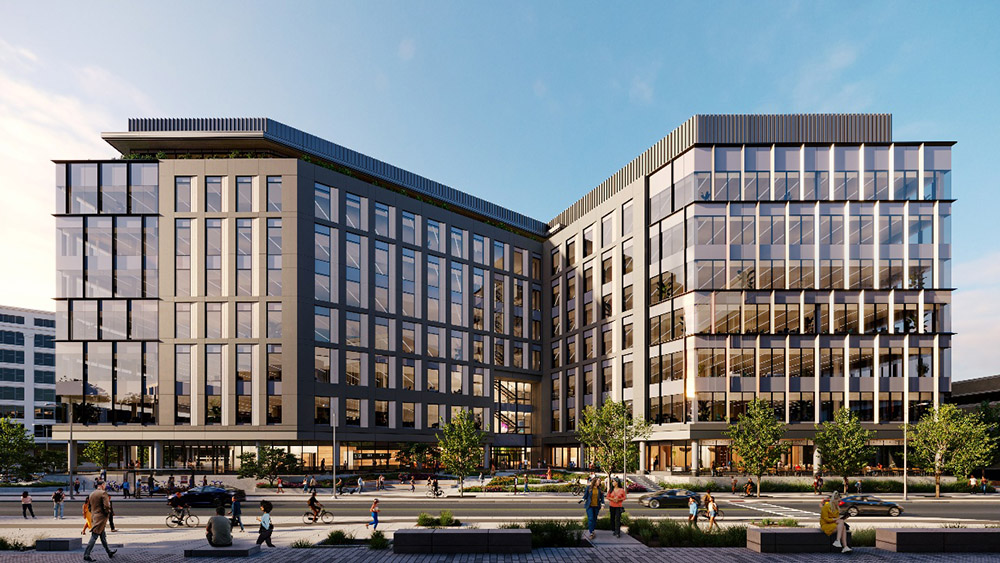
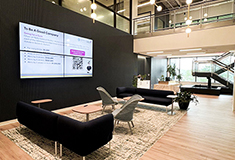
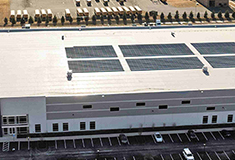
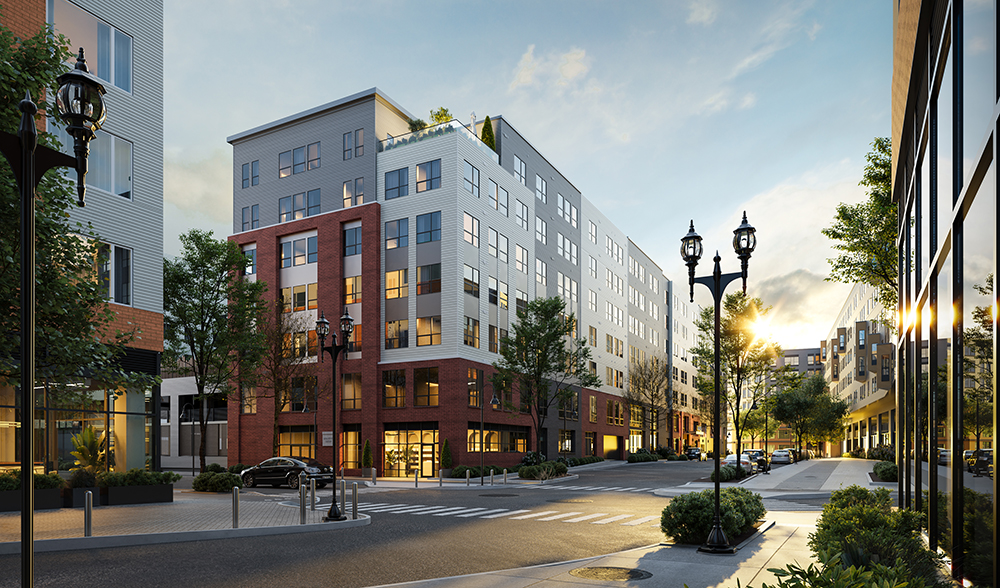
.png)

